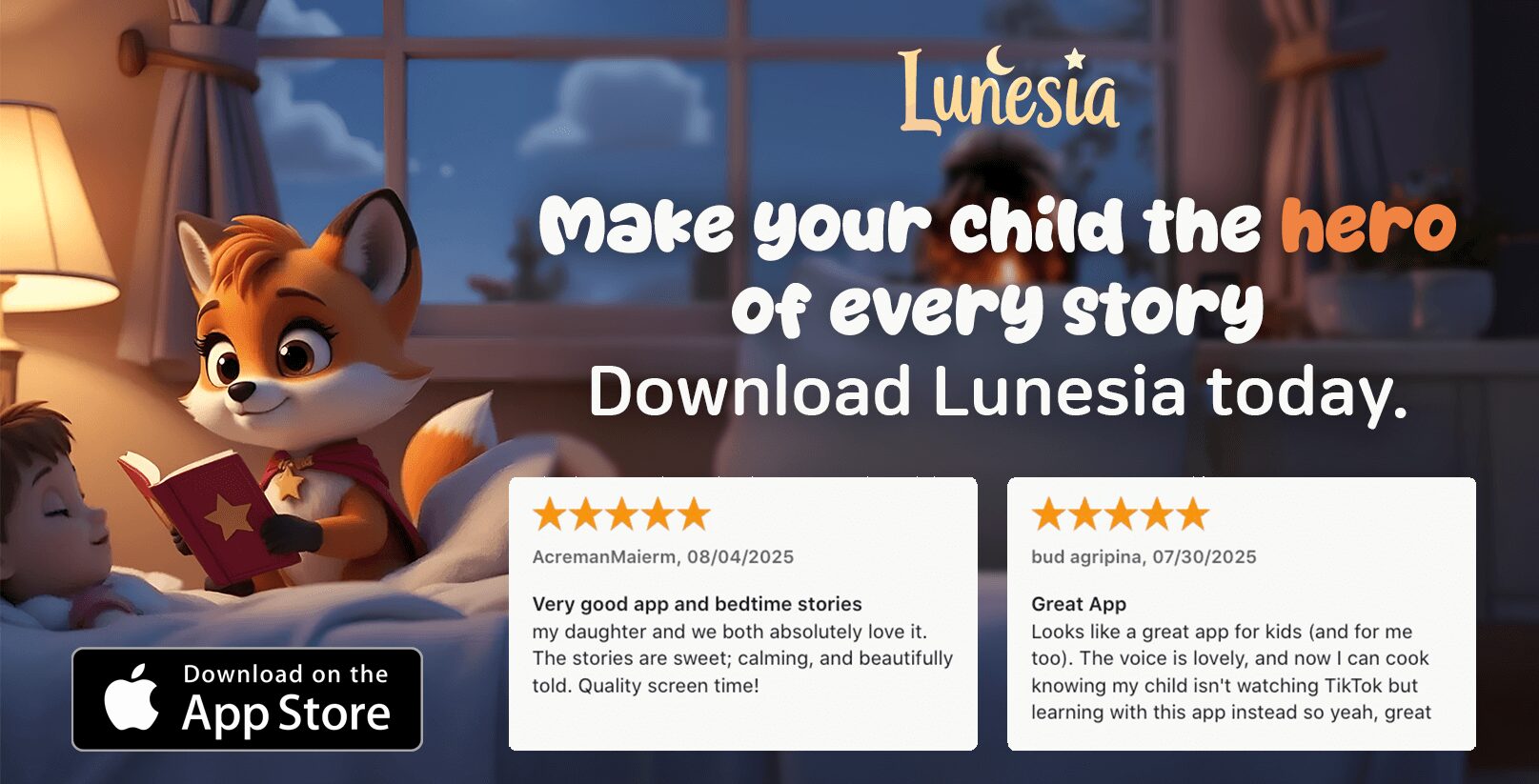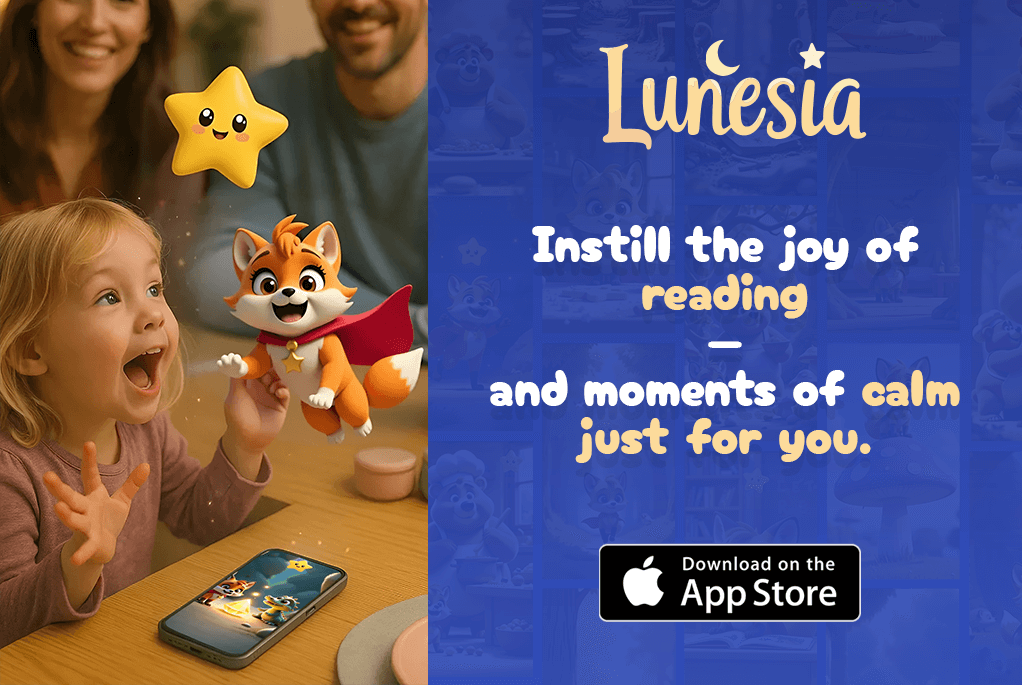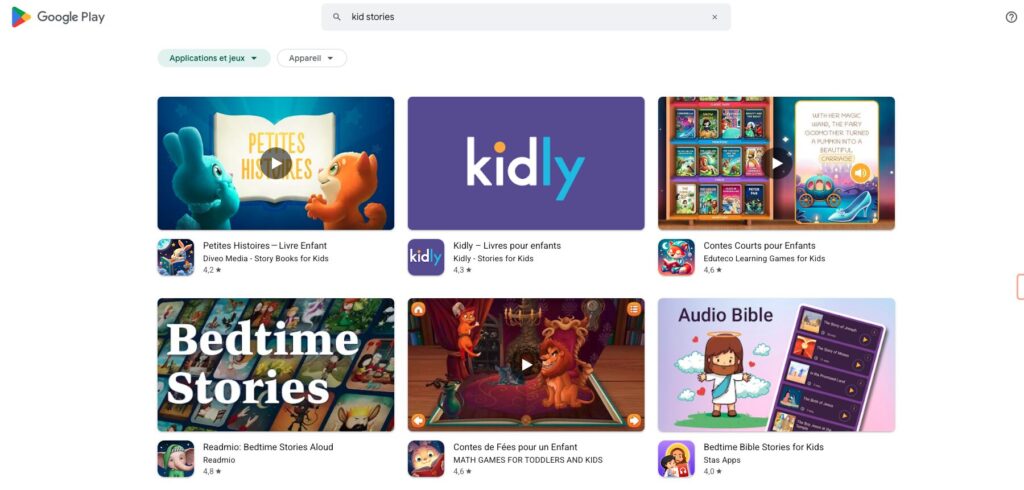Every night, as I tuck my children into bed, I reach for a book. It’s not just a routine—it’s a moment of connection. Through stories, we explore new worlds, face challenges, and celebrate victories together. These shared experiences are more than just bedtime rituals; they’re building blocks for their imagination.

Did you know children exposed to daily storytelling show 37% higher creative problem-solving skills? It’s true! Stories shape neural pathways, fostering innovation and empathy. Disney’s philosophy, “it’s all about the story,” highlights how narratives can transform ideas into reality.
As a parent, you hold the magic wand of imagination. Whether it’s during bath time or play, you can nurture your child’s creativity with simple, actionable strategies. Let’s explore how storytelling can be the LEGO set of the mind—endless possibilities!
For more inspiration, check out these bedtime stories that spark curiosity and build emotional intelligence. Together, we can create a world where every child thrives through the power of stories.
The Power of Storytelling and Creativity in Child Development
Stories have a unique way of opening doors to endless possibilities in a child’s mind. They spark curiosity, build empathy, and lay the foundation for lifelong learning. When we share stories, we’re not just entertaining—we’re shaping the way children see the world.
How Storytelling Fosters Imagination
Every story is a journey of discovery. When children listen to or create stories, their brains light up with activity. Research shows that storytelling activates the prefrontal cortex, the part of the brain responsible for imagination and problem-solving. This is why a simple pillow fort can become a castle, and a bedtime story can transport them to another world.
The Role of Creativity in Cognitive Growth
Creativity plays a key role in cognitive development. Through creative play, children learn to think outside the box and explore new ideas. Montessori studies reveal that creative activities, like building or drawing, enhance math readiness and critical thinking skills. It’s not just about fun—it’s about preparing them for future challenges.
Research-Backed Benefits of Storytelling for Children
Studies highlight the undeniable power of stories. Children exposed to storytelling show a 22% thicker prefrontal cortex, linked to better memory and decision-making. Additionally, the “narrative cascade” effect improves memory retention by 65%. Stories also teach empathy, helping children understand and connect with others.
From Disney’s “storyliving” approach to P&G’s empathy mapping, the principles of storytelling are used to drive innovation and connection. By incorporating these techniques into daily routines, we can nurture our children’s imagination and creativity, setting them up for success.
Practical Tips to Nurture Storytelling and Creativity in Kids
From grocery trips to bedtime, storytelling has become a secret weapon in our household. It’s not just about reading books—it’s about weaving narratives into everyday moments. Here are some actionable ways to spark imagination and foster growth in your child’s environment.

Encouraging Imaginative Play
Imaginative play is a powerful tool for developing problem-solving skills. One approach I love is creating “Story Jars.” Fill a jar with random objects like toy cars, feathers, or buttons. Let your child pick items and craft spontaneous tales. This simple activity opens doors to endless ideas.
Another insight I’ve gained is to avoid correcting “illogical” stories. When my son told me dinosaurs built a spaceship, I resisted the urge to correct him. Instead, I asked questions to expand his narrative. This approach nurtures confidence and originality.
Using Books and Stories to Spark Creativity
Books are a treasure trove of inspiration. I’ve adapted P&G’s scenario-based testing into “What If?” bedtime stories. For example, “What if the moon was made of cheese?” This technique encourages kids to think critically and explore new perspectives.
Disney’s “Three Rooms” technique is another favorite. It involves Setup → Conflict → Magic Solution. During craft time, I guide my kids to structure their stories this way. It’s a fun and effective method to teach narrative flow.
Incorporating Storytelling into Daily Routines
Daily routines offer countless opportunities for creativity. Grocery shopping can become an “adventure quest” using Campbell’s Hero’s Journey framework. My kids love pretending they’re knights on a mission to find the golden apple.
Bath time is another perfect moment. I call it the “Bath Time Chronicles.” We create water-resistant tales about sea creatures or underwater kingdoms. These small moments make a big impact on their lives.
| Activity | Method | Benefit |
|---|---|---|
| Story Jars | Use random objects to craft tales | Boosts spontaneous creativity |
| What If? Stories | Adapt P&G’s scenario-based testing | Encourages critical thinking |
| Three Rooms Technique | Setup → Conflict → Magic Solution | Teaches narrative structure |
| Adventure Quests | Use Campbell’s Hero’s Journey | Makes routines fun and engaging |
By integrating these methods into your daily lives, you’ll create a rich environment for growth. Remember, the goal isn’t perfection—it’s about providing opportunities for your child to explore and express their unique ideas.
Real-World Examples: Storytelling and Creativity in Action
Behind every great product lies a story that connects with people. From theme parks to household essentials, narratives drive innovation and shape our daily lives. Let’s explore how companies like Disney and Procter & Gamble use stories to create unforgettable experiences.
Disney’s Imagineering: Storytelling as the Foundation of Innovation
Disney’s parks are a masterclass in immersive storytelling. Did you know they use cinnamon smells to trigger memories of Peter Pan? This sensory approach transforms rides into unforgettable journeys. Their teams focus on every detail, ensuring each visit feels magical.
One standout example is the MagicBand system. It wasn’t just about technology—it was driven by a story of seamless guest experiences. This blend of narrative and tech shows how innovation can enhance everyday life.
Procter & Gamble: Using Consumer Stories to Drive Product Development
P&G’s Swiffer is a perfect example of storytelling in action. The product was born from the “Dust Bunny Diaries,” a collection of consumer stories about cleaning challenges. These narratives helped teams design a solution that resonated with real-life needs.
Their “Empathy Mapping” technique is another gem. By understanding customer emotions, they create products that feel personal. This approach shows how stories can bridge the gap between ideas and real-world solutions.
Lessons from Successful Storytelling Models
Here are key takeaways from these models:
- Start with the user: Whether it’s a theme park or a cleaning tool, focus on real-life experiences.
- Embrace sensory details: Like Disney’s scents, small touches can make a big impact.
- Keep it authentic: Avoid “innovation theater” by staying true to the story.
For more inspiring examples, check out these storytelling models that have shaped industries. By learning from these narratives, we can apply their lessons to our own challenges.
Conclusion
As I reflect on our bedtime routine, I see it as more than just a moment of connection. It’s a journey that shapes my child’s mind. Did you know 79% of Nobel laureates credit childhood stories for their success? This statistic reminds me how crucial these moments are.
Childhood windows for innovation close faster than we realize. That’s why I urge you to take action tonight. Turn bedtime into a mission to spark ideas. You’re not just raising a child—you’re authoring tomorrow’s problem-solvers.
For deeper insights, explore the ACRE28 conference. It’s a treasure trove of resources to nurture young minds. Remember, where stories grow, greatness follows.
Let’s commit to this experience together. Tonight, pick up a book and begin the adventure. Your child’s future depends on it.
FAQ
How does storytelling help children develop imagination?
When kids hear or create tales, they visualize characters, settings, and events. This mental exercise strengthens their ability to think beyond reality, building a foundation for innovative thinking.
What’s the connection between creativity and cognitive growth?
Creative activities like drawing, role-playing, or inventing stories activate multiple brain areas. This enhances problem-solving skills, memory, and adaptability—key components of cognitive development.
Can storytelling really improve a child’s emotional intelligence?
Absolutely! Tales with relatable characters teach empathy. Kids learn to understand feelings, perspectives, and social cues by discussing story outcomes or imagining alternative endings.
How can I make storytelling part of our daily routine?
Try bedtime tales, car-ride adventures, or “what if” questions during meals. Even mundane moments—like grocery shopping—can inspire mini-stories about products or people.
Why do companies like Disney prioritize storytelling?
Disney’s success lies in emotional connections. Their stories resonate because they tap into universal experiences, proving that well-crafted narratives engage audiences of all ages.
What if my child has trouble creating stories?
Start small! Use prompts like pictures or toys. Praise their ideas, no matter how simple. Confidence grows with practice—and your encouragement is their best tool.



